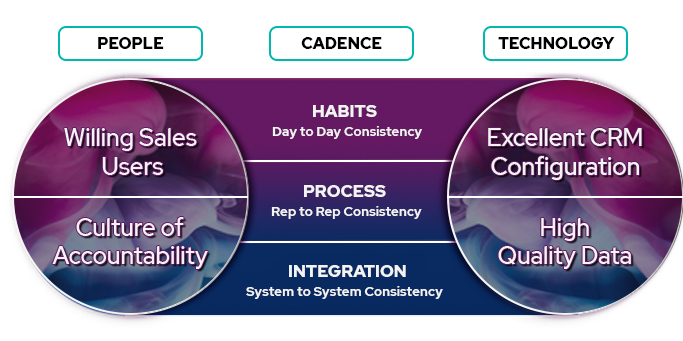Agile Business: Applying Agile Principles Beyond Software Development
Agile business principles can positively impact business operations. Learn about Agile in business and how it can benefit your company.

Agile business principles can positively impact business operations. Learn about Agile in business and how it can benefit your company.
Embracing disruptive innovation as a business holds numerous benefits in today's constantly evolving world. Read on to learn more about disruptive technology.
re you looking to hire a virtual CTO? We offer Virtual CTO services and advice to businesses seeking a technological partner. Click here for more details.
REQUEST PROFILE